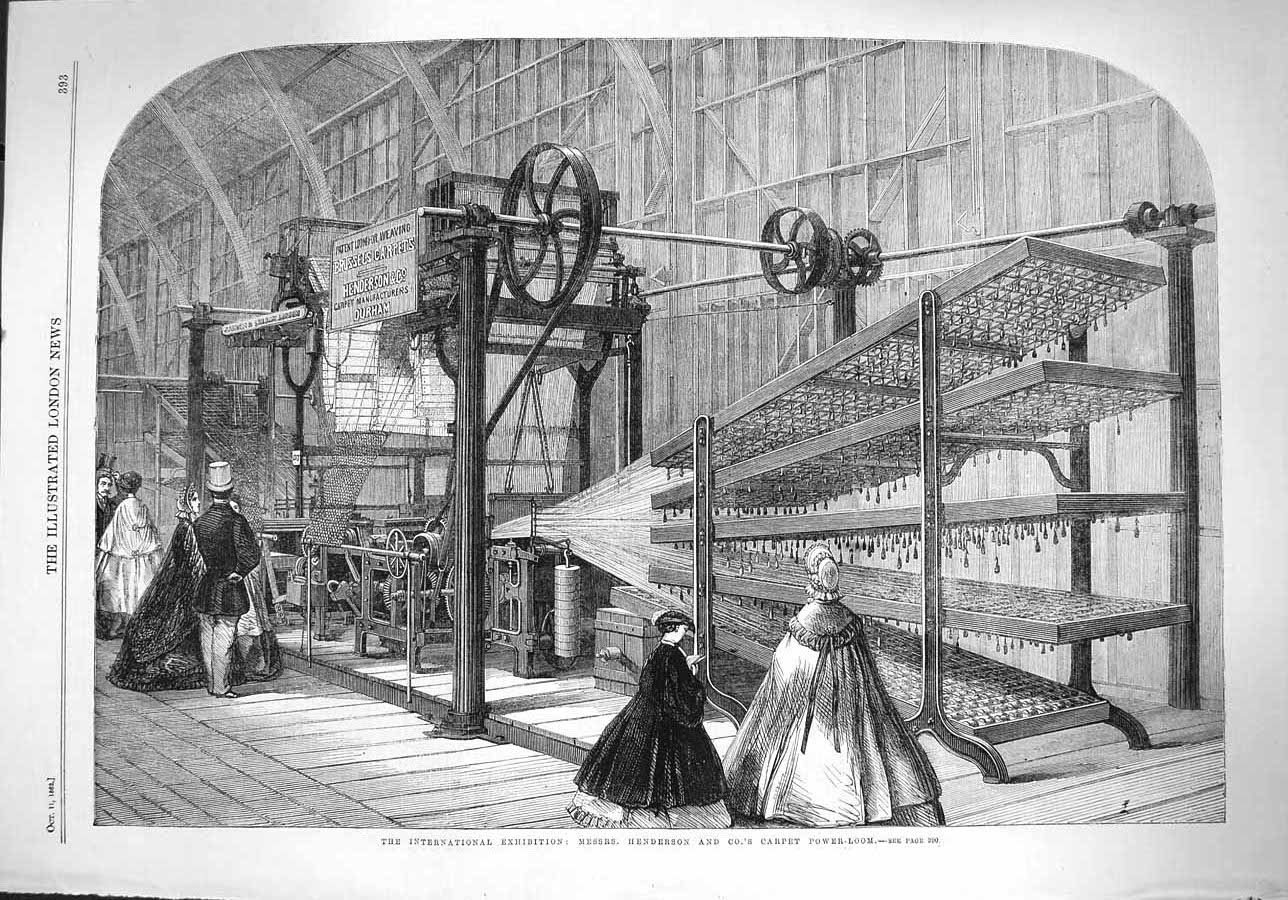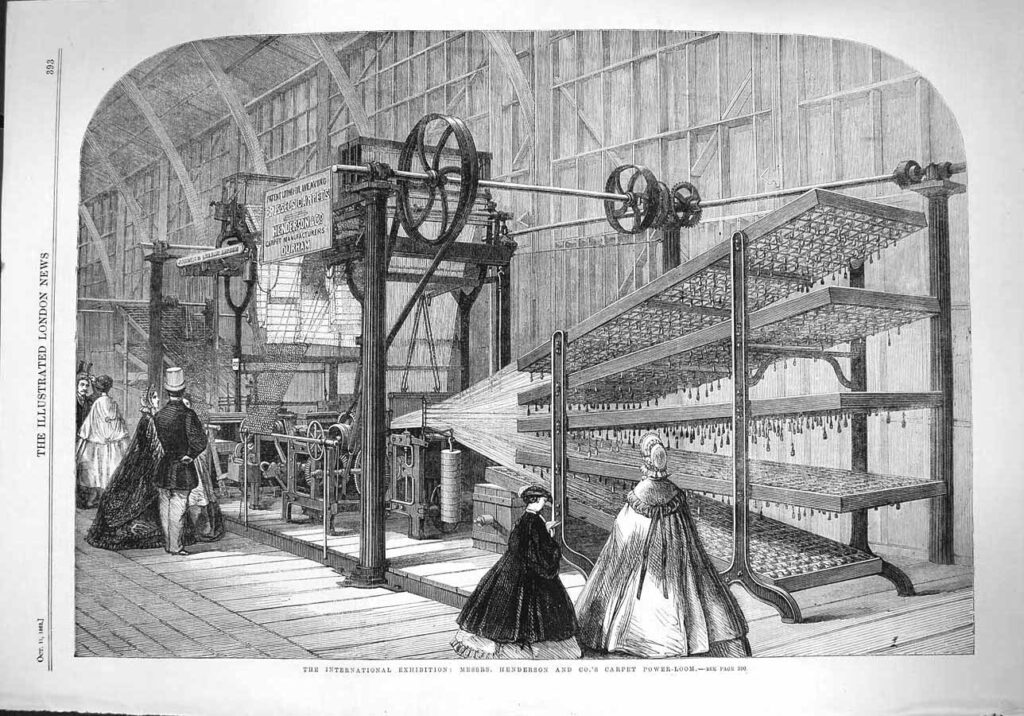What Do You Know about America’s Carpet History?
The plush, wall-to-wall, easy care carpeting that most of us take for granted is actually a recent phenomenon in history. World wide, few people today have this type of carpet in their homes. They are much more likely to have hard floors of some type – either wood, stone, tile, or cement – with area rugs scattered about for warmth, comfort, and aesthetic value. This type of rug was relatively easy to clean without a power vacuum. It was taken out and beaten regularly to remove dirt and dust.
 America’s love of luxurious carpet dates back to 1791 when William Sprague opened his woven carpet mill right here in Philadelphia. Others followed, but America’s carpet history shifted in a big way in 1839 when Erastus Bigelow invented the power loom. Large scale carpets could be woven at a much faster pace and were.
America’s love of luxurious carpet dates back to 1791 when William Sprague opened his woven carpet mill right here in Philadelphia. Others followed, but America’s carpet history shifted in a big way in 1839 when Erastus Bigelow invented the power loom. Large scale carpets could be woven at a much faster pace and were.
In 1878 the Shuttleworth brothers started the Mohawk carpet company in Amsterdam, New York with 14 looms imported from England. In 1905 Mohawk introduced a new carpet, the Karnak Wilton, which achieved popularity almost overnight. The company had to expand into new quarters just to meet demand. In the 1920s Oriental rugs began to be manufactured by machine. This was the brainchild of Marshall Field. At this time in American history, the most popular rug material still, by far, was wool.
However, in the 1950s, after World War II had ended and with the help of new fiber technologies, carpet at home was transformed. Everything in carpet production had changed. There were new man-made fibers, spinning techniques, dye equipment, tufting equipment, and printing processes. Not only that, suddenly there was demand. This was the era of tract housing, and all of the ranch houses being built for the Baby Boomers and their parents needed flooring. Wall-to-wall carpeting eventually became the solution of choice.
Remember, this was the 1950s and everything “scientific” was the rage. The last thing any modern housewife wanted on her floor was Grandma’s rag rug or even a loom-made Oriental. Nylon had been created in a lab and had been scarce during the war years, but technology and Southern manufacturing (with its lower union-free labor costs) made it affordable to even young, working class families. So they had it installed.
In the mid-1950s, Dupont developed bulk continuous filament (BCF) nylon and this facilitated the introduction of the more inexpensive low pile looped carpet suitable for the working class family’s budget and lifestyle. Nylon also lent itself to a variety of styles and constructions that allowed for more options in interior design. With the explosion of consumer goods, personal style was now an achievable goal.
Bond Products experienced this last transformative carpet boom first hand. Our products made it possible for both new and old types of carpet to be installed or adapted elegantly and easily, and we’ve always been excited to see how flooring has changed and been modified to suit more modern lifestyles.
What Do You Know about America’s Carpet History? Read More »


